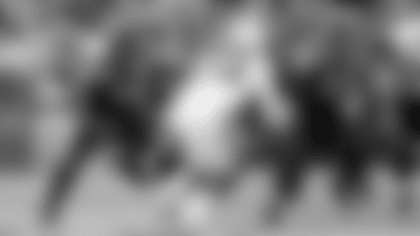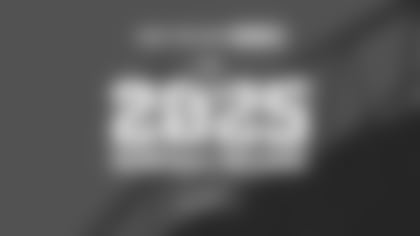With the NFL Draft coming up, Seahawks.com is taking a position-by-position look at where things currently stand on the Seahawks' roster, as well as the top prospects at each position. We'll also look at Seattle's draft history at each position under general manager John Schneider and head coach Pete Carroll.
The Seahawks currently hold four picks in the 2019 draft, which begins April 25 in Nashville, Tennessee.
Seattle's 2019 Draft Picks: Round 1, No. 21 overall; Round 3, No. 84 overall; Round 4, No. 124 overall; Round 5, No. 159 overall.
Today we kick things off with a look at the offensive line, and tomorrow we'll turn our attention to the trenches on the other side of the ball with a look at the defensive line.
Draft History Under Schneider and Carroll: T Russell Okung (No. 6 overall, 2010); G James Carpenter (No. 25, 2011); G John Moffitt (No. 75, 2011); G J.R. Sweezy (No. 225, 2012); G Ryan Seymour (No. 220, 2013); G Jared Smith (No. 241, 2013); T Michael Bowie (No. 242, 2013); T/G/C Justin Britt (No. 64, 2014); T Garrett Scott (No. 199, 2014); T Terry Poole (No. 130, 2015); G Mark Glowinski (No. 134, 2015); G/C Kristjan Sokoli (No. 214, 2015); G/T Germain Ifedi (No. 31, 2016); G/T Rees Odhiambo (No. 97, 2016); C Joey Hunt (No. 215, 2016); C/G Ethan Pocic (No. 58, 2017); T Justin Senior (No. 210, 2017); T Jamarco Jones (No. 168, 2018)
Where The Seahawks Stand
While holding a press conference at the NFL Scouting Combine earlier this offseason, Seahawks coach Pete Carroll was asked a question about his team's running game, which included a reference to Seattle being established up front when it came to its league-leading rushing attack.
"Wow, isn't that cool you are talking about us being established up front," Carroll quickly interjected. "That hasn't been the topic for a while, so I'm thrilled to hear you say that."
Carroll was understandably excited because, after seeing a lot of turnover and some inconsistent play from his team's line in recent years, the 2018 Seahawks overcame a slow start offensively to lead the NFL in rushing while also scoring the third most points in franchise history. And yes, Russell Wilson was sacked way too often early in the year, but the protection improved as well as the season went on. Now the Seahawks head into 2019 feeling good about their line not just because they return four of five starters—guard J.R. Sweezy left in free agency, though Seattle might have found his replacement in former Pro-Bowler Mike Iupati—but also because they're heading into their second season under offensive line coach Mike Solari, meaning players should be that much more comfortable in his system.
"We had tremendous growth," Carroll said at the combine. "(Fluker) had a big impact on us, as did J.R. Sweezy fitting in under the leadership of Duane Brown. Duane is a fantastic addition to our football team. You really couldn't tell the first year—he came in the middle of the season—but his impact and his influence and his awareness and all of that add to it, and we just got better. Ifedi continued to get better, Britt improved, so the whole group was better."
In addition to returning four starters, the Seahawks also bring back a promising group that includes Jordan Simmons, who played very well in three starts in place of Fluker; George Fant, who was a big part of the offense as a sixth lineman/big tight end; Joey Hunt, a versatile backup center with starting experience; Ethan Pocic, who has 15 starts in two seasons and who can play guard, center and tackle; and Jamarco Jones, a 2018 draft pick whose rookie season was cut short due to injury.
"We like our young guys too," Carroll said. "We like the young guys that are coming up. Jordan Simmons played well when he had to a couple of games and did a nice job too, so there is going to be good competition. George Fant came back and played a good deal and he really had a big impact on us, so it's an exciting upcoming season for us in that regard. For the first time in a couple of years we feel like we are really on track and we have a chance to improve on something we did pretty well last year running the football, and as the season wore on we protected for Russell much better. The start was terrible and we couldn't get way from those first two games fast enough."
The Seahawks could certainly look to the draft once again to bolster that group—they've drafted at least one offensive lineman in every draft under Carroll and Schneider—but they head into the 2019 season feeling better about that group than they have in years.
NFL.com's Top 5 Offensive Tackles
1. Andre Dillard, Washington State
Overview (via NFL.com): Talented four-year starter at left tackle with outstanding feet who offers an instant athletic upgrade for teams getting battered from the blind-side. Because of his scheme, Dillard will be a little behind in terms of his feel for set points and firing off the ball in the run game. While he could play with a little more ferocity as a finisher, he has the athletic ability to make all the blocks and the protection talent to become a good, early starter on the left side.
2. Jawaan Taylor, Florida
Overview (via NFL.com): Throwback right tackle with adequate foot quickness for pass-protection duties and above-average size and nastiness to fit the "road grader" model. Taylor strains to cave, kick or drive his opponent out of the way. His feet are good enough to slide out on speed rushers and redirect them past the pocket, but his hustle to protect his edge will expose him to inside moves from power counters. He'll need technique work in the run game and has to keep his weight in check, but he should be an early starter at right tackle or guard with a positive impact on the run game right away.
3. Dalton Risner, Kansas State
Overview (via NFL.com): He possesses average length and athletic ability, but with enough tape consumption, it becomes clear he has the necessary tools to get guys blocked on the NFL level. Risner is the same player on every snap with core strength, body control, and strong hands, allowing him to succeed on a relatively consistent basis. His position flexibility (started at right tackle and center) and play traits mirror those of former KSU standout Cody Whitehair. Risner will need to prove he can handle NFL edge speed, but a move inside could be a failsafe option for him.
4. Kaleb McGary, Washington
Overview (via NFL.com): McGary has been a right tackle his entire career, but that could change once his athletic limitations are challenged by NFL-caliber rushers. He would benefit from a move inside to guard where his strength and ability to generate movement as a run blocker would outweigh his issues with lateral quickness. McGary could find early starter's reps at guard, but struggles with balance and keeping blocks centered could lead to early growing pains that will require a team's patience.
5. Greg Little, Mississippi
Overview (via NFL.com): Little possesses the important combination of size, length and quickness as a prototypical left tackle prospect. While he wasn't asked to do it much in 2018, he has the athletic ability to handle zone-blocking duties, which could suit his skill-set more than a physical rush attack. Little is a natural bender with good feet and pepper in his punch as blind-side protector, but his average anchor and inconsistent body control create some concern. He will be an early starter at left tackle, but needs to improve his strength and eliminate his tendency to lean in order to reach the potential his physical and athletic traits offer.
NFL.com's rankings of the the top guard and center prospects in the 2019 NFL Draft.
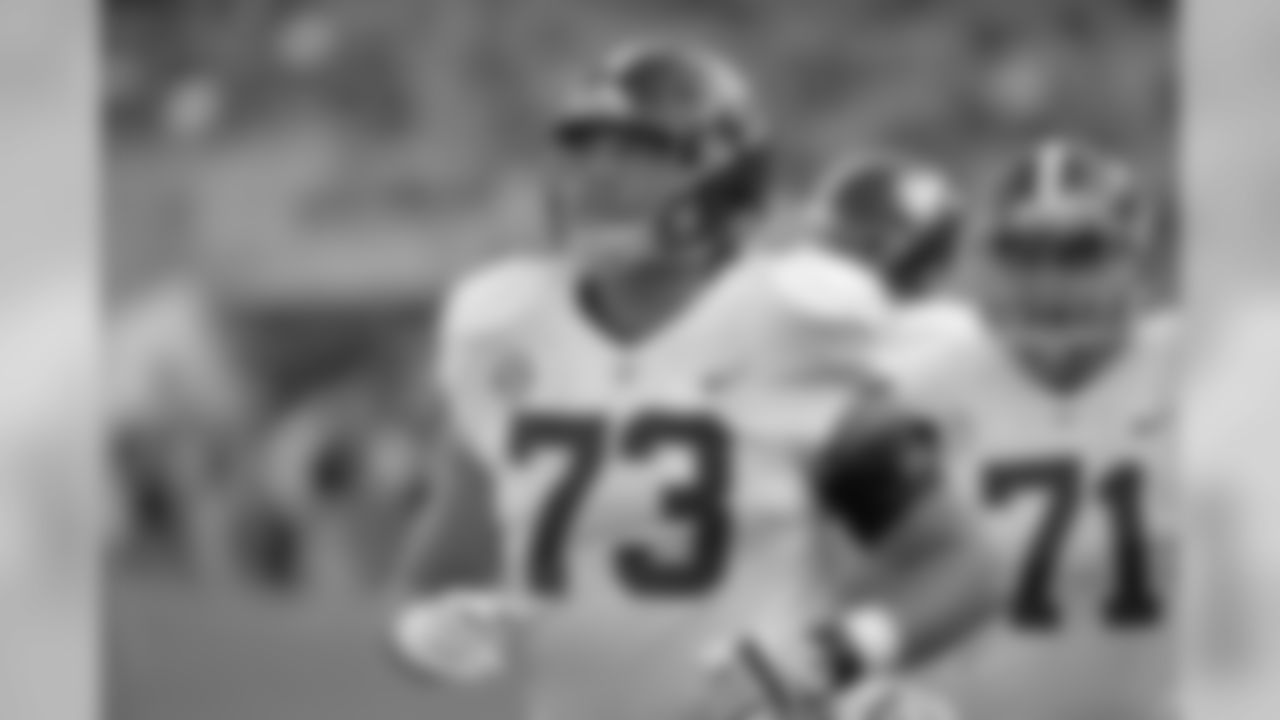
1. Jonah Williams, Alabama
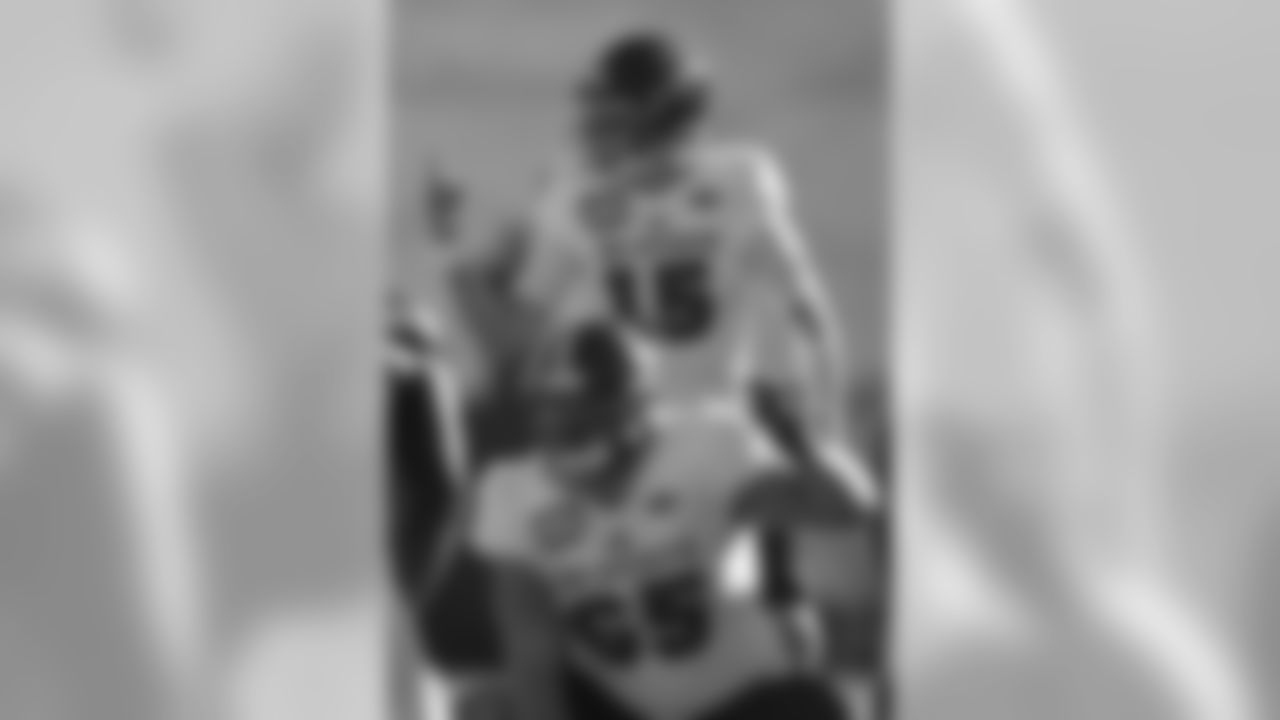
2. Garrett Bradbury, N.C. State
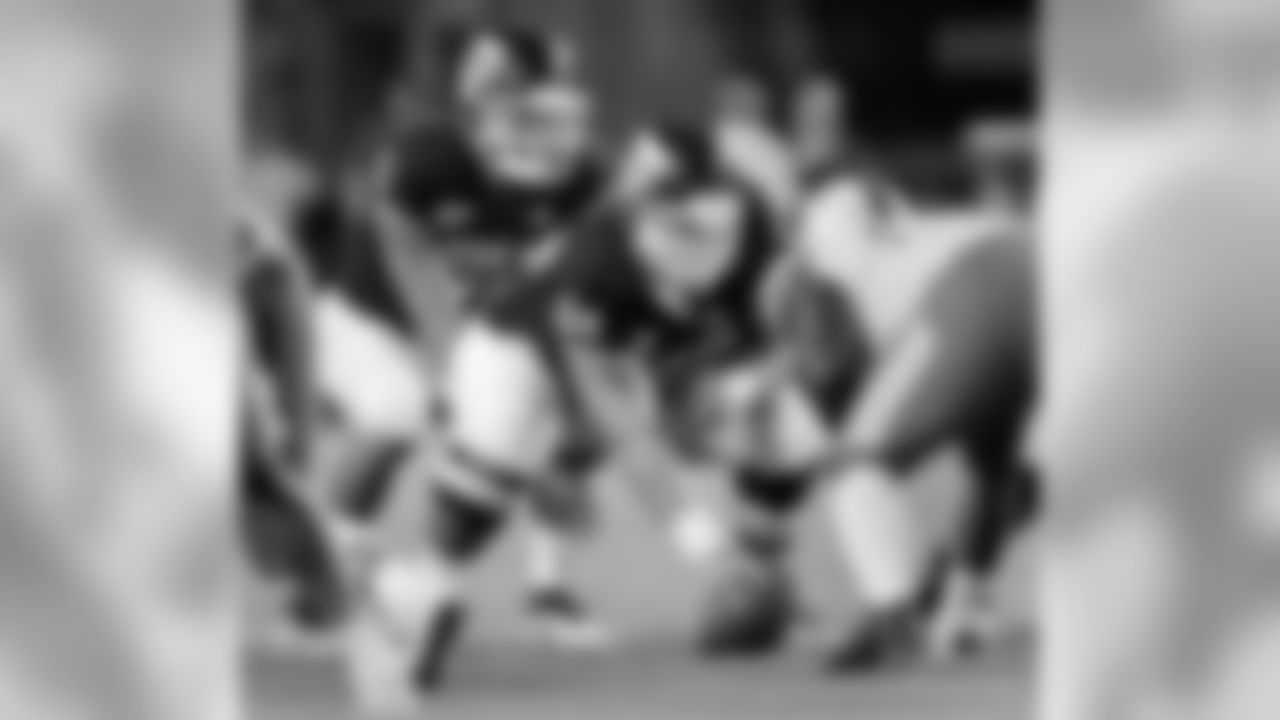
3. Erik McCoy, Texas A&M
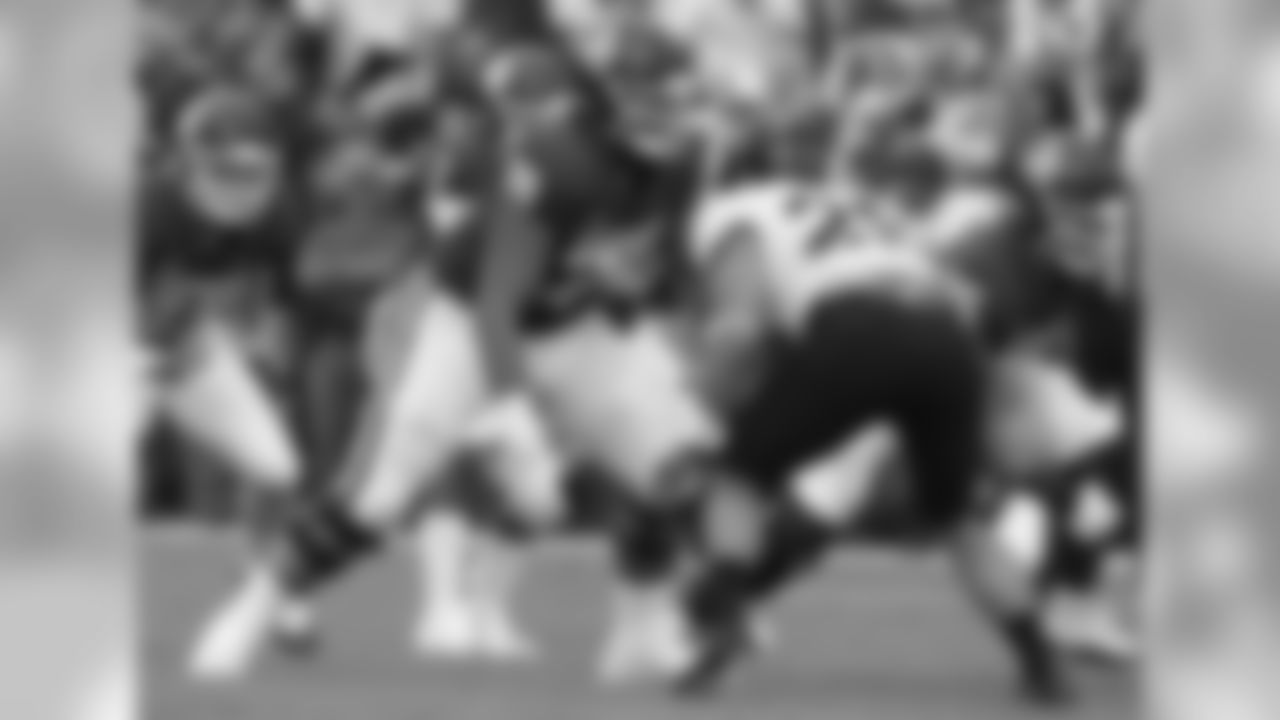
4. Cody Ford, Oklahoma
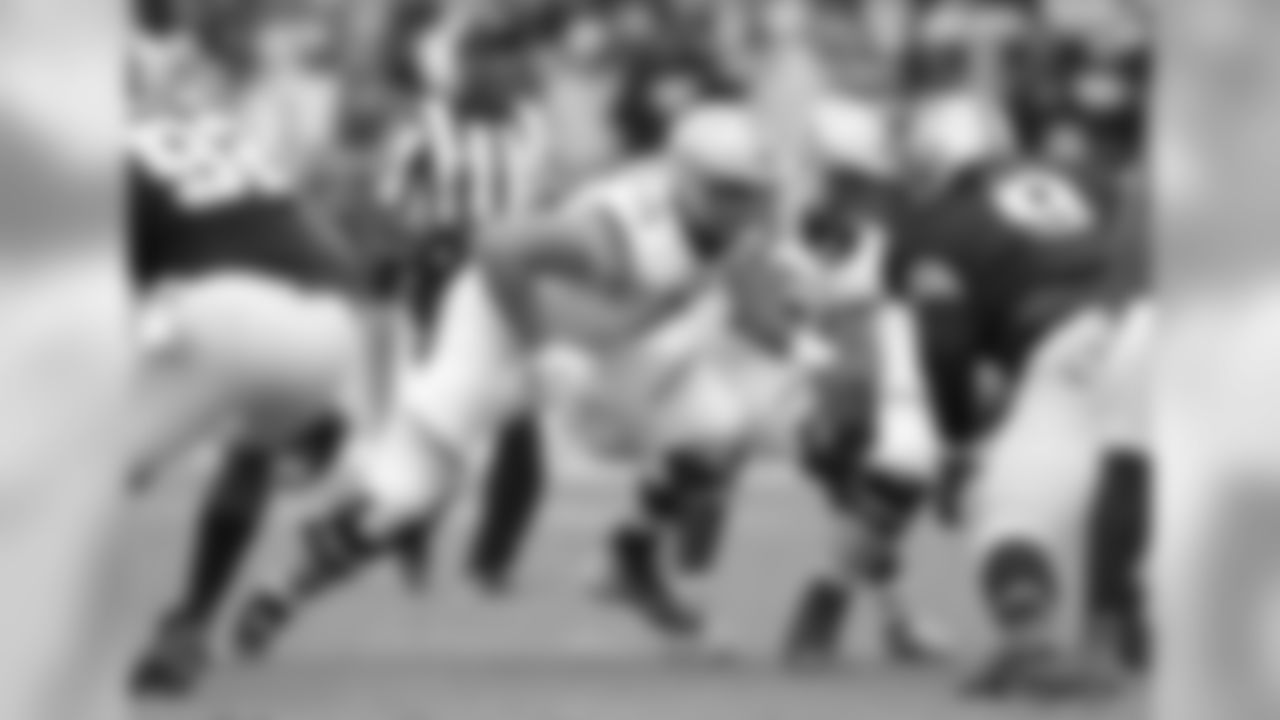
5. Chris Lindstrom, Boston College
NFL.com's Top 5 Interior Linemen
1. G Jonah Williams, Alabama
Overview (via NFL.com): Early entrant and three-year starter whose work ethic, attention to detail and desire to get better each day have made him a foundation piece of Alabama's dominant run. Like his idol, Joe Thomas, Williams uses angles, technique and body control to succeed in all facets of the game. He looked more comfortable in his pass sets at left tackle in his final year and he has the tools necessary to counter bigger, longer edge defenders despite a lack of ideal size and length for the left tackle spot. His cerebral nature and potential versatility should make him a safe pick and successful, long-time starter in the NFL.
2. C Garrett Bradbury, N.C. State
Overview (via NFL.com): Bradbury's body control, core strength, movement skills and intelligence check very important boxes for teams looking for immediate center help. His pass-pro tape against Clemson proves he can hold his own against a variety of pass-rush flavors while his strength and athleticism make him scheme flexible. He is a candidate to become an early and long-time starter in the league.
3. C Erik McCoy, Texas A&M
Overview (via NFL.com): Teams typically hunt for centers with the traits to withstand power or athleticism depending on their divisional competition. McCoy comes gift-wrapped in a thick, strong frame and proved he could hold up to both power (Dexter Lawrence) and athleticism (Quinnen Williams). He has some limitations in space, but he possesses more than enough body control and agility to compete on work-ups and cut-off blocks. With his ability match against base and sub-packages, McCoy could carry Day 2 draft value as a future starter.
4. G Cody Ford, Oklahoma
Overview (via NFL.com): Ford offers a rare combination of physical and athletic traits that will have NFL teams dreaming of his upside. He is raw and relatively inexperienced as a starting tackle with exploitable holes that will need to be patched before he can thrive in the pros. As a tackle, he's a developmental, high-risk/reward talent. The safer (and better?) route might be to play him as a guard where he will face less exposure in pass protection and where his size and athleticism should allow him to become a plus run-blocker fairly quickly.
5. G Chris Lindstrom, Boston College
Overview (via NFL.com): Lindstrom is one of the most athletic interior lineman in the 2019 draft with a rare ability to match movement quickness with anyone across from him. His quickness can place him in position to make blocks on both the first and second levels and he has an impressive ability to cover lateral space and protect his gaps as a pass blocker. Lindstrom is scrappy at the point of attack but lacks the length, mass and strength some teams will want. His final destination could be as a guard/center in a zone scheme where he can become a long-time starter.


